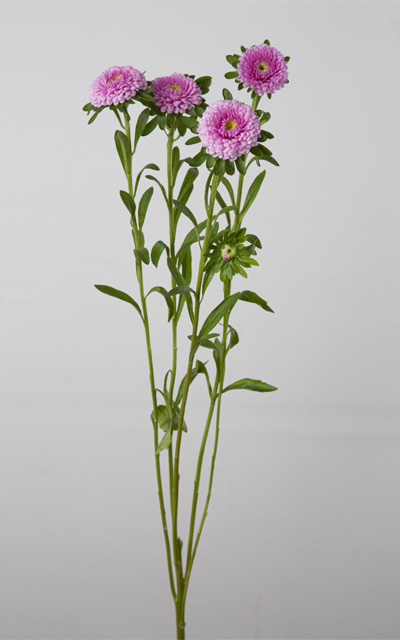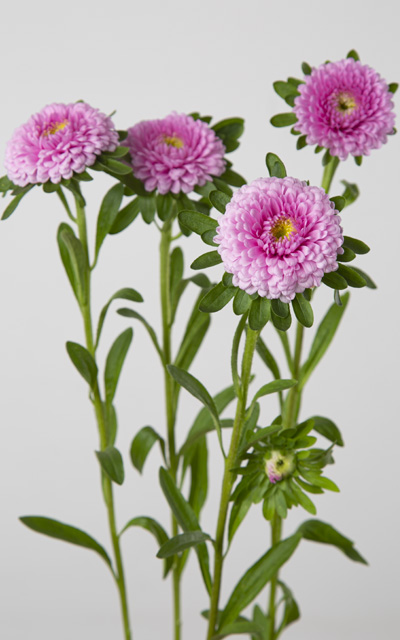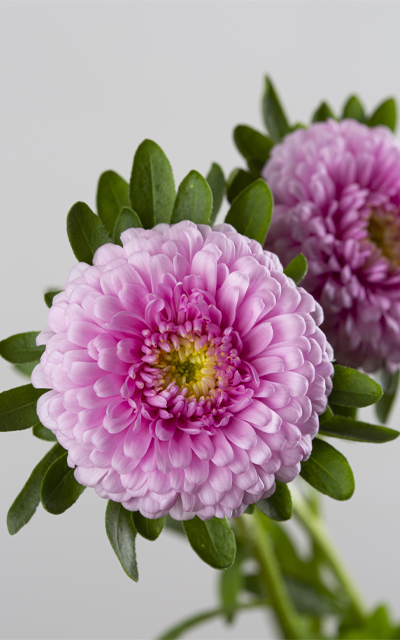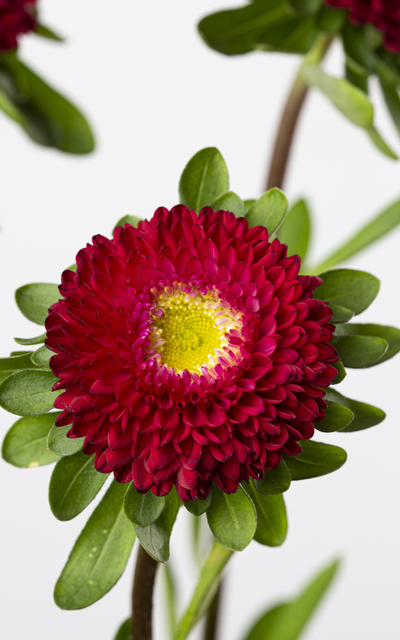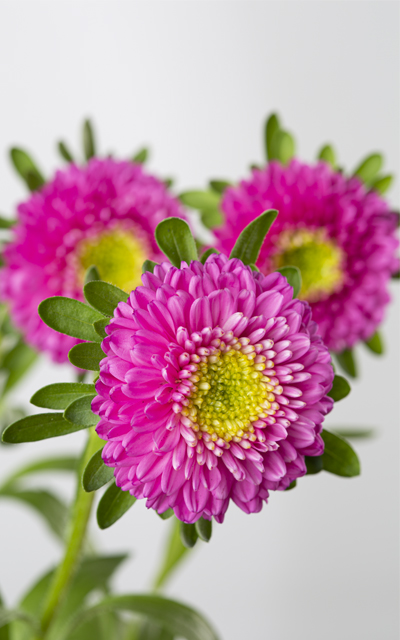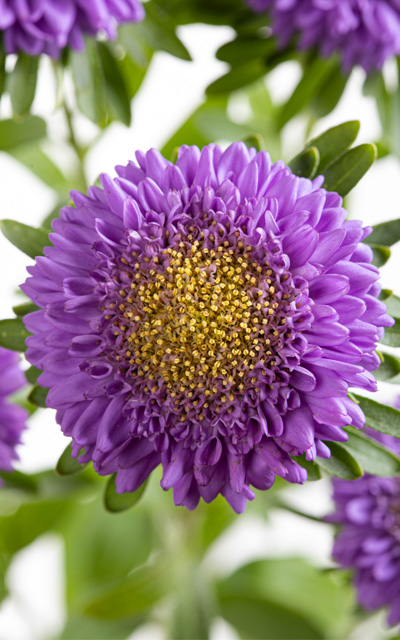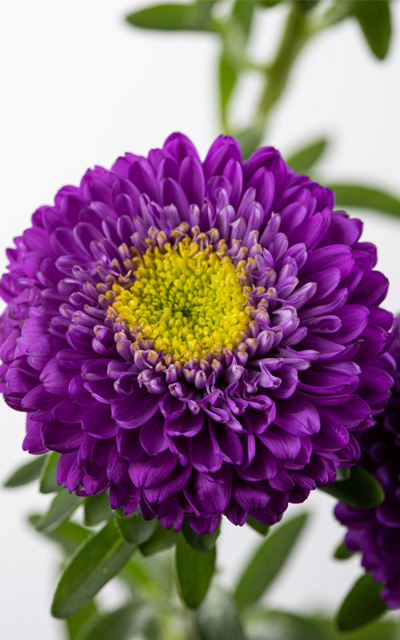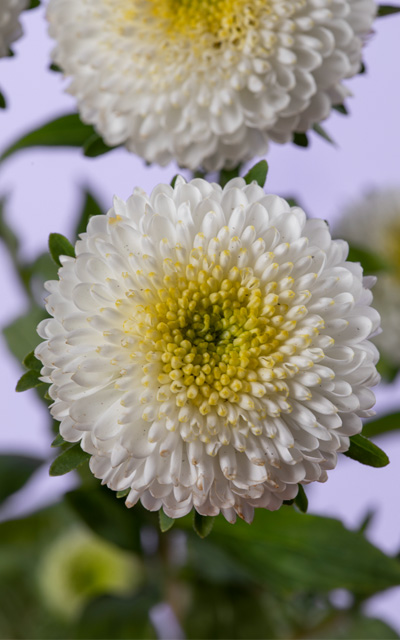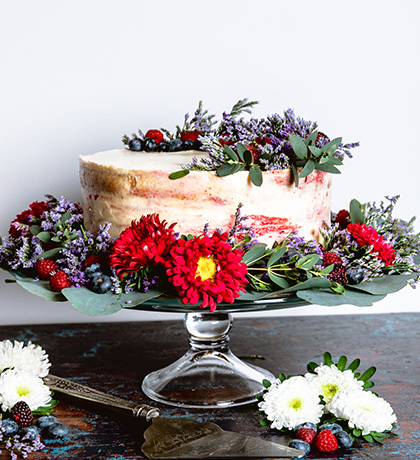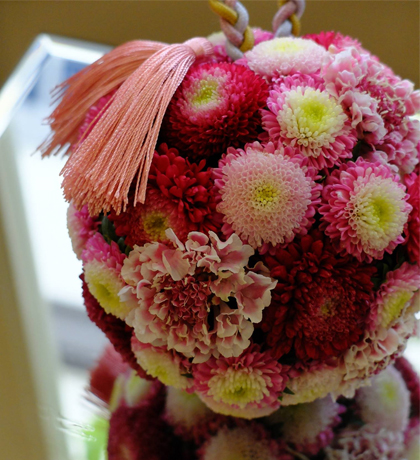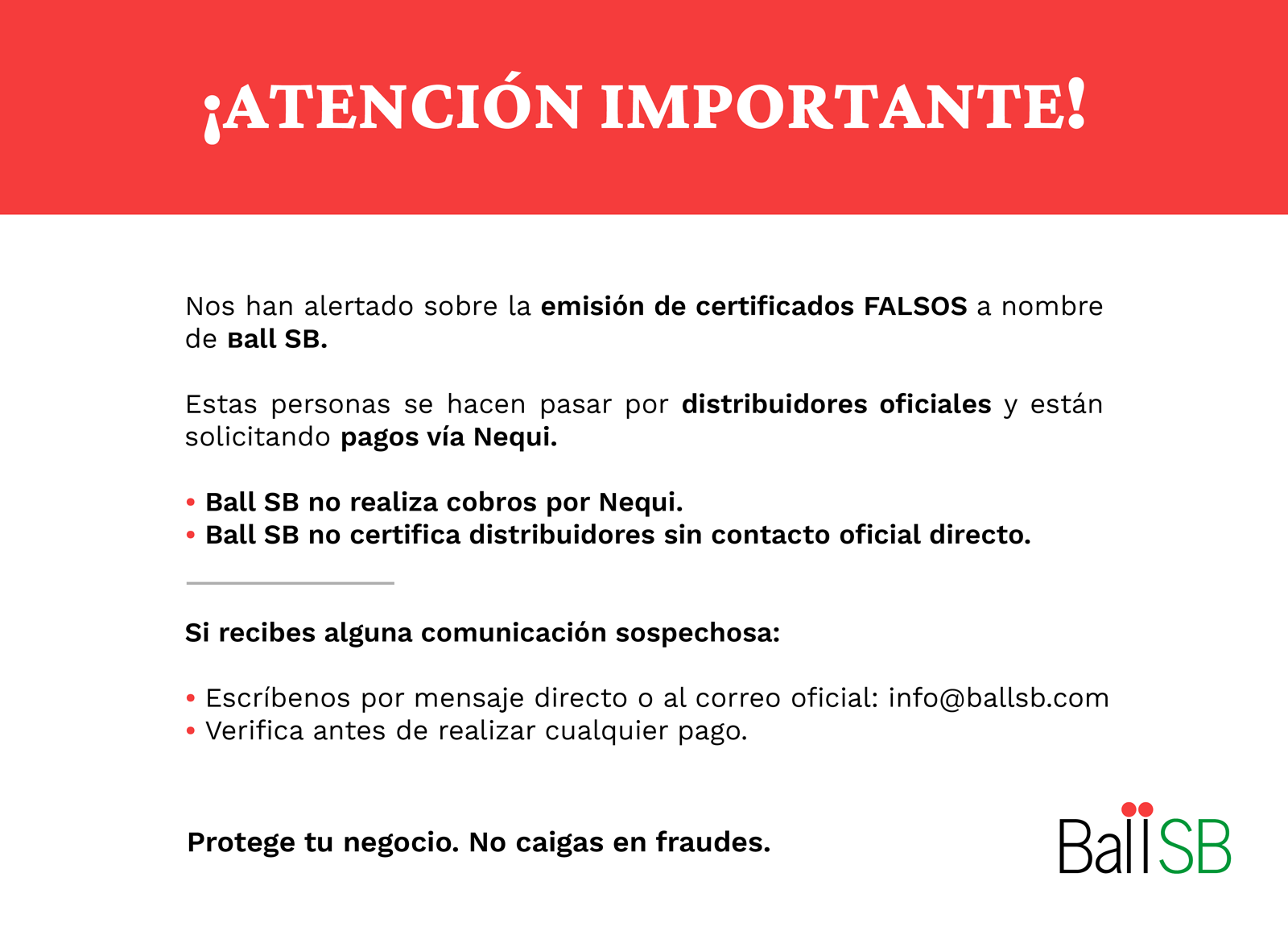Macaroon
Suite (5)
Rose, Pink, Scarlet, Blue, Deep Blue and White
Culture Tips
CROP TIME
From planting to harvest: 13 -16 weeks
PLANTING DENSITY
80 plants m2 neto (7 plants ft 2net)
PRE-PLANTING
Soil: Well drained soil, very well leveled surface, no clusters, at least 25 cm (10 in.) deep.
pH: 5.8 a 6.5
Netting: 2 niveles
ADDITIONAL LIGHTNING
Start 7 days after transplantation. Vegetative growth and flower induction occur under long-day conditions, but final flower development occurs under short-day conditions. Light should be suspended when plants are 40-45 cm tall, approximately 7-8 weeks after sowing.
The light supply must be done taking into account that the plants have a critical photoperiod of 14 hours and an optimal one of 16 hours. Cyclical or continuous light can be used as long as 4 hours per night is completed. The intensity of the light should be 10 foot of candle.
DISBUD
8-9 weeks after planting, remove flower bud when it appears and is well defined. This helps shape the spray.
IRRIGATION
Apply an average daily volume of 5 to 5.5l/m2/day according to the soil’s humidity evapotranspiration conditions and the organoleptic evaluation. Excess irrigation can cause pathogens development and physiological desiquilibrium.
FERTILIZATION
Excess of nitrogen can cause the plants to be susceptible to Botrytis. A general formula can be the following:
N: 120 ppm , P: 50 ppm, K: 150 ppm
Ca: 120 ppm, Mg: 50 ppm, S: 50 ppm
Fe: 2 ppm, Mn: 2.5 ppm, Cu,: 0.20 ppm
Zn: 0.20 ppm, B: 0.2 ppm.
HARVEST
Harvest when 2-3 flowers are opened a 25%
POST-HARVEST
Hydrate in AVB (1cm3 / Lt of Water). The pH after applying AVB should be between 7 and 8. Mix well and add AVB Booster (1 cm3 / Lt of Water). Once mixed, the pH should be between 3.5 and 5.5. . Keep the flower in this solution for 3 hours. Subsequently hydrate in CHRYSAL PROFESSIONAL 2 (10 cm3 / Lt of Water). Once mixed, the pH should be between 3.5 and 5.5.
PESTS & DISEASES
•AphIids
•Thrips
•Leaf Miner
•Fusarium oxysporum. . (It is recommended to rotate the crop)
•Botrytis
